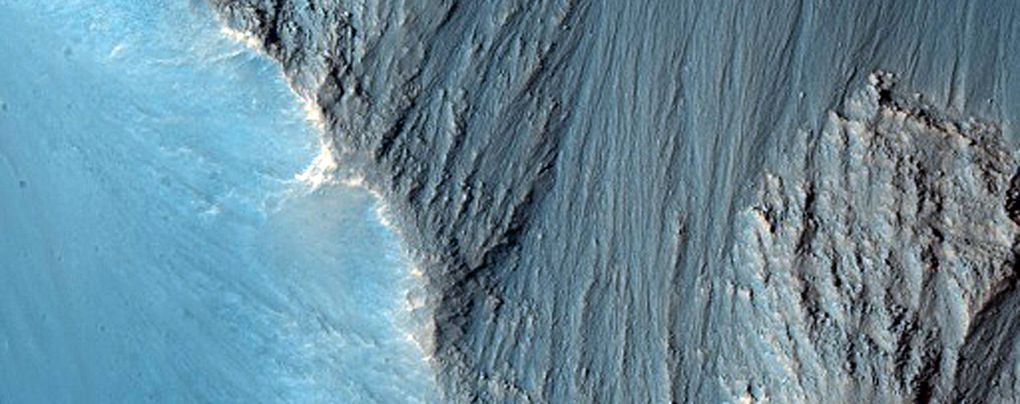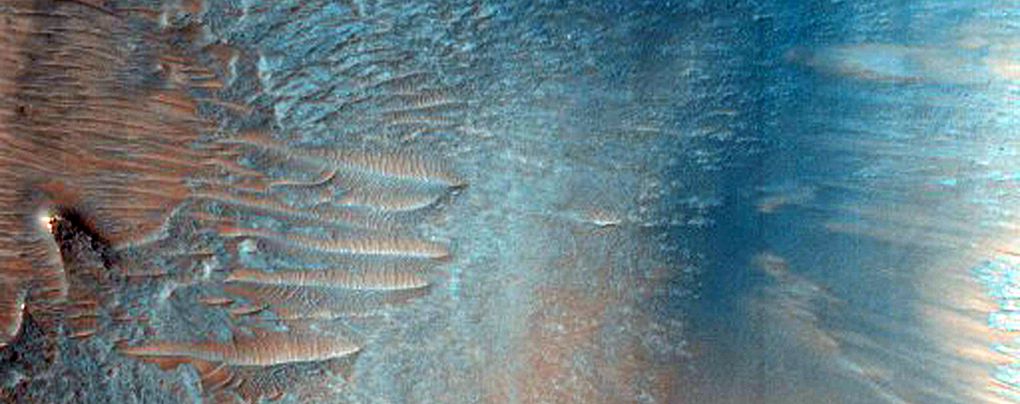nivek
As Above So Below
Some amazing photos, I've looked through some of the and some look like there's water on the surface...Hmmm


NASA just dumped a trove of photos of Mars' dunes, craters, and mountains


NASA's Mars Reconnaissance Orbiter (MRO) has been orbiting the Red Planet for a decade, sending photos back to Earth every month as it goes around. This month's batch contains more than 1,000 photos of Mars' dunes, craters, mountains, ice caps, and other surface features. And they're particularly exciting for a couple of reasons.
Every 26 months, the Sun and Mars are on opposite sides of the Earth's sky — a phenomenon called opposition. During opposition, the MRO has unobstructed communication with Earth for a few weeks and can send huge amounts of data. This year's opposition, which happened in May, also overlapped with Mars' Equinox — a period when the Sun illuminates Mars from the north to the south pole.
MORE THAN 1,000 PHOTOS OF THE PLANET'S SURFACE
Such perfect lighting allowed the MRO to snap some pretty amazing pictures of the Red Planet. The photos will be used by NASA to determine possible landing sites for future missions to Mars. They will also help the agency study several features of the planet's surface like migrating sand dunes and new impact events.
You can view photos from MRO's HiRise camera here. We've selected some of our favorites for you.
NASA just dumped a trove of photos of Mars' dunes, craters, and mountains
